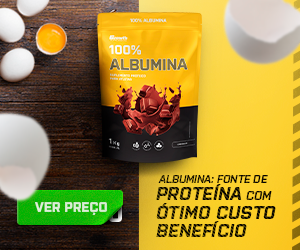Diário Do Martin
-
Quem Está Navegando 0 membros estão online
- Nenhum usuário registrado visualizando esta página.
-
Conteúdo Similar
-
- 24 respostas
- 1.973 visualizações
-
- 194 respostas
- 16.235 visualizações
-
- 113 respostas
- 5.654 visualizações
-
- 10 respostas
- 219 visualizações
-
- 1.186 respostas
- 113.192 visualizações
-








Posts Recomendados
Crie uma conta ou entre para comentar
Você precisar ser um membro para fazer um comentário
Criar uma conta
Crie uma nova conta em nossa comunidade. É fácil!
Crie uma nova contaEntrar
Já tem uma conta? Faça o login.
Entrar Agora